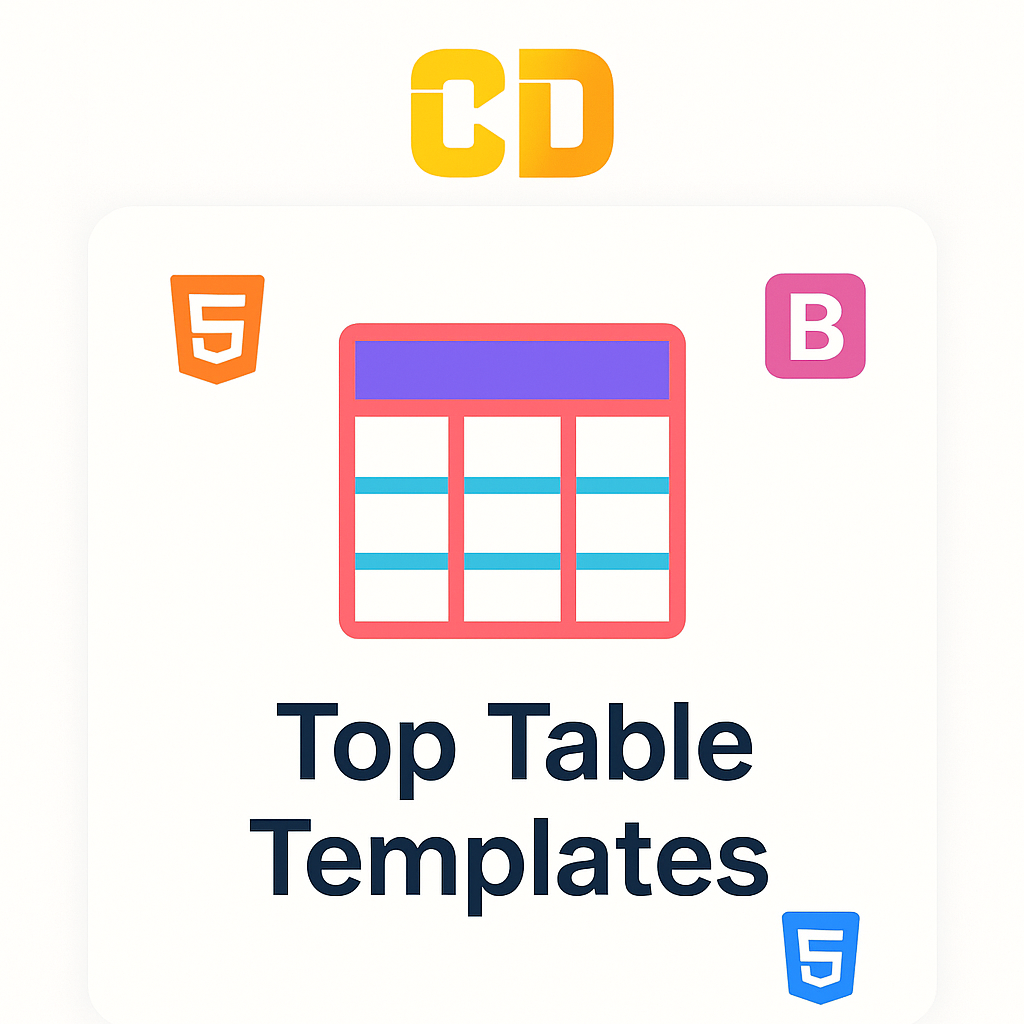Capgemini is a global leader in consulting, technology services, and digital transformation. Angular is a popular front-end framework, widely used for building dynamic, single-page applications (SPAs). To help you prepare for your Angular Developer interview at Capgemini, here are the Top 20 Angular Interview Questions with their answers.
1. What is Angular, and why is it used?
Angular is a TypeScript-based open-source front-end framework developed by Google for building dynamic web applications. It is used for creating single-page applications (SPAs) with a focus on performance, modularity, and maintainability.
2. What are Angular components?
Components are the building blocks of Angular applications. Each component is a TypeScript class that contains a template, metadata, and logic to control a part of the UI.
3. What is the role of directives in Angular?
Directives are special markers in the DOM that tell Angular to modify or manipulate elements. They are used to add behavior or transform the DOM. Angular has three types of directives:
- Structural directives (e.g.,
*ngIf,*ngFor) - Attribute directives (e.g.,
ngClass,ngStyle) - Component directives
4. Explain the lifecycle hooks in Angular.
Angular provides lifecycle hooks to perform specific tasks at different stages of a component’s life cycle. Key hooks include:
ngOnInit(): Called once after the component is initialized.ngOnChanges(): Invoked when input properties change.ngOnDestroy(): Called before the component is destroyed.
5. What is Angular's dependency injection system?
Dependency Injection (DI) in Angular is a design pattern where objects (dependencies) are provided to a class rather than instantiated inside the class. Angular uses DI to manage services and inject them where needed.
6. What is Angular service, and how is it used?
A service in Angular is a class that contains reusable logic and functionality, such as API calls or data manipulation. Services are provided via DI and can be injected into components or other services using the @Injectable decorator.
7. What is RxJS, and how is it used in Angular?
RxJS (Reactive Extensions for JavaScript) is a library for reactive programming using Observables. In Angular, RxJS is used for asynchronous data streams, handling events, HTTP requests, and more with the use of operators like map(), filter(), switchMap(), etc.
8. What is Angular routing, and how does it work?
Angular’s routing module enables navigation between views or pages in a single-page application. Routes are defined in the RouterModule and use the router-outlet directive to load different components based on the URL.
9. How do you perform form validation in Angular?
Angular provides two approaches for form validation:
- Template-driven forms: Use directives in the template to handle validation.
- Reactive forms: Use the
FormGroupandFormControlclasses to manage form state and validation in the component class.
10. What is a module in Angular, and why is it important?
A module in Angular is a container for components, directives, services, and other pieces of functionality. It is defined using the @NgModule decorator. Every Angular app has at least one root module (usually AppModule), and additional feature modules can be added for modularity.
11. What is the Angular CLI, and what are its benefits?
The Angular CLI (Command Line Interface) is a tool to automate common development tasks like creating new components, services, and modules, building the application, running tests, and deploying it. It improves developer productivity and ensures consistency across the project.
12. How does two-way data binding work in Angular?
Two-way data binding allows synchronization between the model and the view. It uses the [(ngModel)] syntax, where changes in the view are reflected in the model and vice versa.
13. What is Angular Universal, and why is it used?
Angular Universal is a tool for server-side rendering (SSR) of Angular applications. It allows rendering of the initial HTML on the server, improving SEO and reducing load times for users.
14. How can you optimize the performance of an Angular application?
To optimize an Angular application, you can:
- Use
OnPushchange detection strategy. - Lazy load modules.
- Use
trackByin*ngForto improve DOM performance. - Minimize the use of complex logic in templates.
15. What is the difference between a template-driven form and a reactive form?
- Template-driven forms: Easy to use and suitable for simple forms. Logic is mainly written in the HTML template.
- Reactive forms: More powerful and suited for complex forms. Logic is written in the component class, offering better control over the form state.
16. What is lazy loading in Angular, and how does it work?
Lazy loading in Angular is a technique to load feature modules only when they are needed, reducing the initial load time of the application. It is configured in the routing module using the loadChildren property.
17. How does change detection work in Angular?
Angular’s change detection system is responsible for updating the view when the model changes. It compares the current and previous values of bindings to detect changes. You can control change detection using strategies like Default or OnPush.
18. What is Angular Ivy, and what are its benefits?
Ivy is the new rendering engine in Angular, introduced in version 9. It improves performance, reduces bundle sizes, and allows for faster compilation and debugging of Angular applications.
19. What is a router outlet in Angular?
The router-outlet is a directive that serves as a placeholder in the template for rendering the component associated with the current route. It is part of the Angular Router and enables navigation between views in single-page applications.
20. How do you handle HTTP requests in Angular?
Angular provides the HttpClientModule for making HTTP requests. The HttpClient service is used to send GET, POST, PUT, and DELETE requests, and it works with RxJS Observables to handle asynchronous data streams.
Conclusion
These are the most frequently asked questions in Capgemini's Angular Developer interview. Make sure to practice these concepts thoroughly and keep your knowledge of Angular updated to perform well in your interview.








Add a comment: